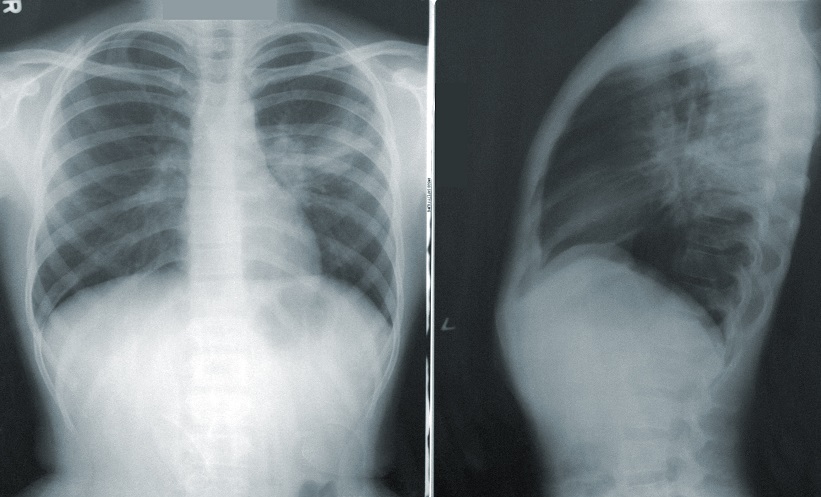IN 2020, lung cancer was the second most common cancer and the leading cause of death from cancer among both males and females in the USA. Screening high-risk individuals can lead to early diagnosis and cure for many patients and is vitally important. The National Lung Screening Trial revealed that low-dose spiral CT (LDCT) is particularly effective at detecting lung cancer in current and former smokers. Consequently, the United States Preventive Services Task Force (USPSTF) recommended annual screening with LDCT in adults aged 55–80 years of age who have a 30 pack-year smoking history and either currently smoke or have quit within the last 15 years.
It has been almost 10 years since the initial recommendations were synthesised and the USPSTF therefore initiated an updated review of the evidence on screening for lung cancer with LDCT. Researchers from the University of North Carolina Comprehensive Cancer Support Center, Chapel Hill, North Carolina, USA, evaluated data from 223 publications and seven randomised clinical trials in order to arrive at an updated and comprehensive assessment of the harms and benefits associated with screening for lung cancer using LDCT.
New recommendations, based on the findings of this evidence review, expand the criteria for screening eligibility by reducing the screening age from 55 to 50 years and lowering the pack-year requirement from 30 to 20 pack-years. According to the reviewers, the changes to eligibility were partially driven by concerns over health equity; African Americans have a higher risk of developing lung cancer with fewer pack-years of smoking and are typically diagnosed at a younger age.
Author Prof Daniel Reuland highlighted the key findings of the report: “Two large studies have now confirmed that screening can lower the chance of dying of lung cancer in high-risk people. However, people considering screening should know that that a relatively small number of people who are screened benefit, and that screening can also lead to real harms.”
Harms, which can arise from screening with LDCT, include false-positive results, overdiagnosis, and, rarely, radiation-induced cancers.
Lead author Dr Daniel Jonas concluded: “The USPSTF has weighed the overall benefits and harms, and on balance, based on our review and from modelling studies, has determined that screening with LDCT has an overall net benefit for high-risk people ages 50 to 80.”








